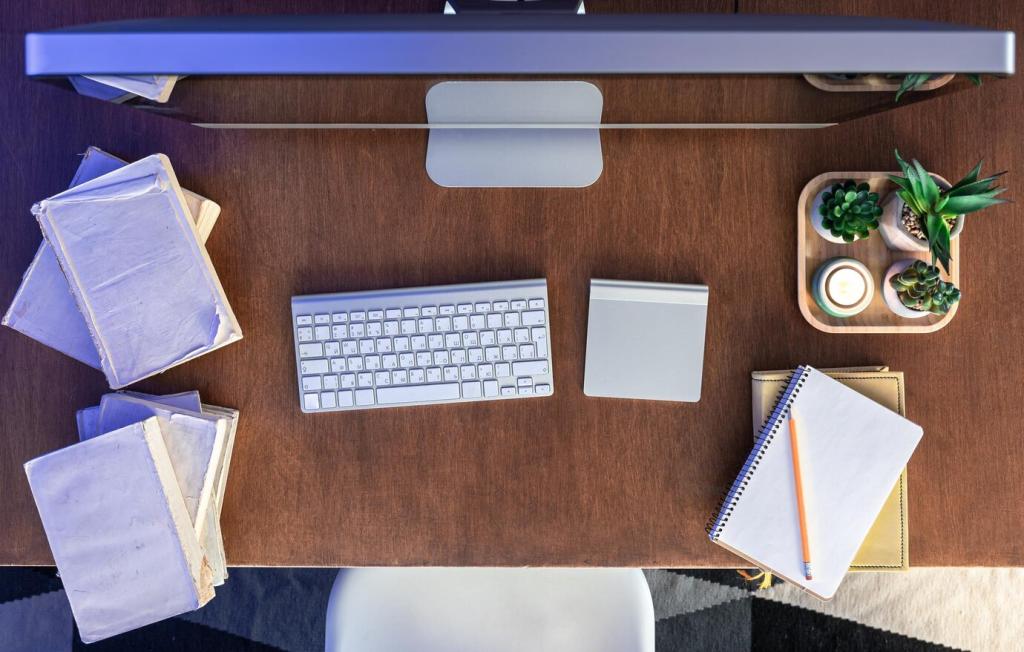Steps to Achieve a Minimalist Workspace Environment
Creating a minimalist workspace environment is more than just an aesthetic choice; it’s a practical approach that can elevate focus, boost productivity, and provide a sense of calm during work hours. By carefully curating your space and maintaining intentional organization practices, you foster an atmosphere free of distractions and clutter. This guide will walk you through the essential steps to achieve a minimalist workspace, delving into decluttering your physical environment, adopting mindful digital habits, selecting functional furniture, and cultivating ongoing maintenance routines. Whether you are setting up a home office or refreshing your workplace desk, these strategies are designed to help you turn your workspace into a haven of simplicity and effectiveness.

